How to Choose the Right Patient Bed for Enhanced Comfort and Recovery: Key Insights and Data
Selecting the appropriate patient bed is a critical decision that directly influences both comfort and recovery outcomes in healthcare settings. With the diverse range of options available, understanding the key features and considerations is essential for healthcare providers, caregivers, and patients alike. A well-chosen patient bed not only supports the physical needs of patients but also enhances their psychological well-being during recovery.
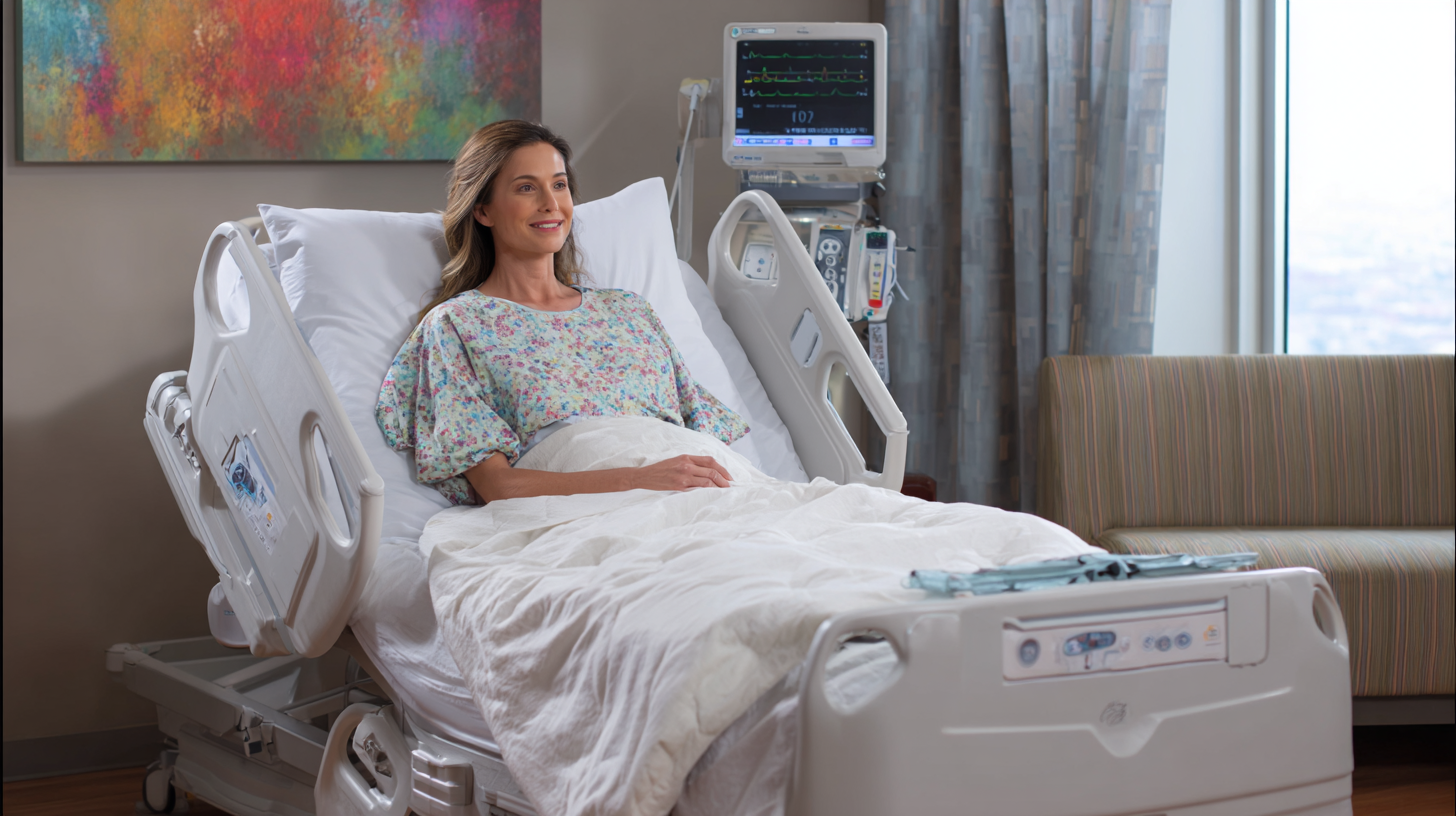
Factors such as adjustability, support surfaces, mobility aids, and additional functionalities can significantly impact a patient's experience. This article will delve into key insights and data that facilitate informed decision-making when choosing the right patient bed, ensuring that it aligns with the specific needs of the patient while promoting a conducive healing environment.
Identifying Patient Needs: Key Factors for Selecting Comfort-Enhancing Beds
Choosing the right patient bed plays a crucial role in enhancing comfort and supporting recovery. Understanding patient needs is essential, as various factors contribute to a bed's suitability for individual requirements. For instance, considering a patient's sleep posture is vital; it can alleviate back pain and improve overall sleep quality, thus directly impacting healing. In addition to physical comfort, factors such as the bed's adjustability and functionality contribute significantly to patient safety and experience.
Furthermore, hygiene should not be overlooked when selecting a patient bed. A clean and well-maintained bed environment promotes comfort for critically ill patients, which correlates with better recovery outcomes. The right bed can also aid caregivers by facilitating easier mobility and care routines, thereby enhancing job satisfaction among hospital staff. Ultimately, incorporating these key insights when selecting comfort-enhancing beds can foster a healing atmosphere that prioritizes both patient well-being and safety.
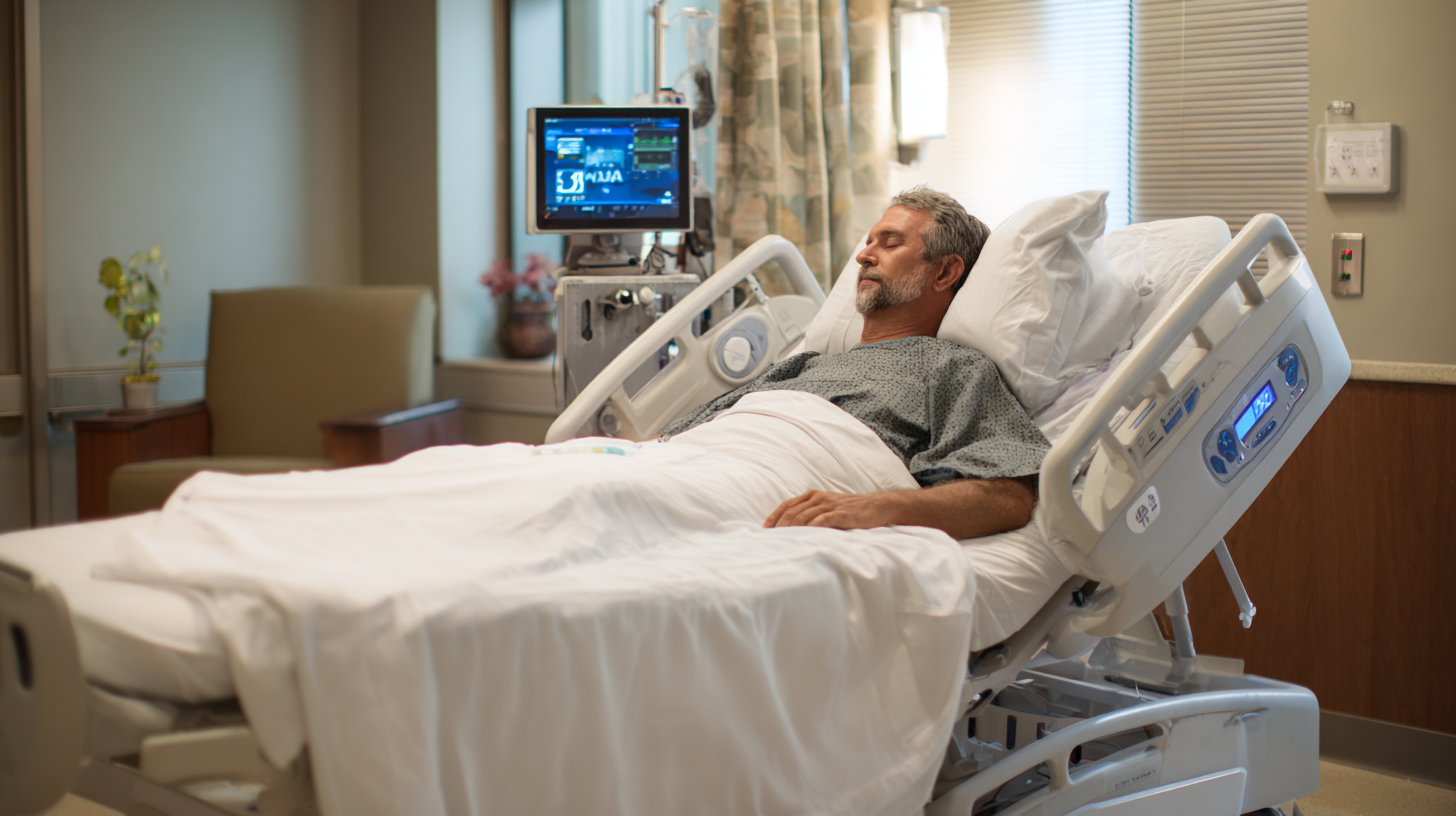
Understanding Different Types of Patient Beds: Features and Benefits
When selecting the right patient bed, understanding the various types and their specific features is essential for enhancing comfort and aiding recovery. Different patient beds, such as adjustable beds and memory foam models, offer unique benefits tailored to individual needs. Adjustable beds provide personalized comfort, allowing for elevation of the upper or lower body, which can alleviate pressure on certain areas and improve circulation. Meanwhile, memory foam beds conform to the body's shape, offering support that may help reduce pain and discomfort, particularly in patients with limited mobility.
**Tips**: When choosing a patient bed, consider the specific medical needs of the user—those recovering from surgery or with chronic conditions may benefit more from adjustable options. Additionally, look for beds that offer features such as tilt and height adjustment, which can enhance accessibility and ease of use. According to recent studies, patients using specialized beds report a 30% improvement in sleep quality, which directly correlates with faster recovery times.
Moreover, ensuring the bed meets safety standards and incorporates easy-to-clean materials is crucial in healthcare settings. Some beds also come equipped with technology that allows for tracking vital signs, providing an added benefit in monitoring the patient's condition effectively.
How to Choose the Right Patient Bed for Enhanced Comfort and Recovery: Key Insights and Data
| Type of Patient Bed | Key Features | Benefits | Recommended Use |
|---|---|---|---|
| Manual Adjustable Bed | Hand crank for elevation adjustment | Cost-effective and easy to use | Short-term care, home use |
| Electric Hospital Bed | Electric controls for multiple positions | Enhanced comfort for long-term patients | Post-surgery recovery, chronic illness |
| Low Bed | Lower height for fall prevention | Safe for high-risk fall patients | Elderly care, rehabilitation |
| Bariatric Bed | Wider surface and reinforced frame | Support for larger patients | Obesity care, specialized treatment |
| Smart Bed | Integrated sensors and IoT technology | Real-time health monitoring | Critical care, advanced recovery |
Evaluating Mattress Options for Optimal Support and Recovery
Selecting the right mattress is crucial for enhancing patient comfort and facilitating recovery in healthcare settings. Various mattress types are available, each designed to provide specific levels of support and pressure relief. In particular, memory foam mattresses are popular for their ability to contour to the body’s shape, distributing weight evenly and minimizing pressure points. These features are particularly beneficial for patients who are bedridden or have limited mobility, as they help reduce the risk of pressure ulcers and improve overall comfort.
Additionally, hybrid mattresses, which combine traditional innerspring coils with foam layers, offer a balance of support and cushioning. These mattresses can accommodate different positions and activity levels, making them suitable for a wide range of patients. It is essential to evaluate the specific needs of the patient, including their weight, mobility, and any medical conditions, when selecting a mattress. Incorporating adjustable features, such as varying firmness levels or adjustable bases, can further enhance the recovery process by allowing personalized comfort and support tailored to individual needs.
Considering Mobility and Adjustability in Patient Bed Design
When selecting a patient bed, mobility and adjustability are critical factors to consider.
Mobility encompasses the ease with which the bed can be repositioned within a healthcare setting. This aspect is essential for both caregivers and patients, ensuring that the bed can be relocated without disrupting the patient's comfort or safety.
Beds equipped with wheels or casters designed for smooth navigation allow staff to provide efficient care while minimizing the physical strain of adjusting the setup.
Adjustability, on the other hand, enhances comfort and recovery by allowing the bed to conform to the individual needs of the patient. Electric adjustable beds that enable alterations in height, backrest, and leg positions facilitate various medical procedures and therapies.
This customization not only supports patient comfort but also aids in recovery by promoting proper circulation and reducing the risk of pressure ulcers. Therefore, considering both mobility and adjustability in patient bed design is essential for creating an environment conducive to healing and well-being.
Budgeting for Quality: Balancing Cost with Comfort and Functionality
When selecting the right patient bed, budgeting for quality is paramount. Research indicates that hospitals that invest in higher-quality patient beds experience a significant reduction in pressure ulcer incidences. According to a 2022 report from the Healthcare Cost and Utilization Project (HCUP), facilities with advanced pressure-relieving mattresses saw a 30% decrease in related complications, which, in turn, reduces hospital readmission rates and associated costs. Thus, while the initial investment may be higher, the long-term financial implications of preventing complications are substantial.
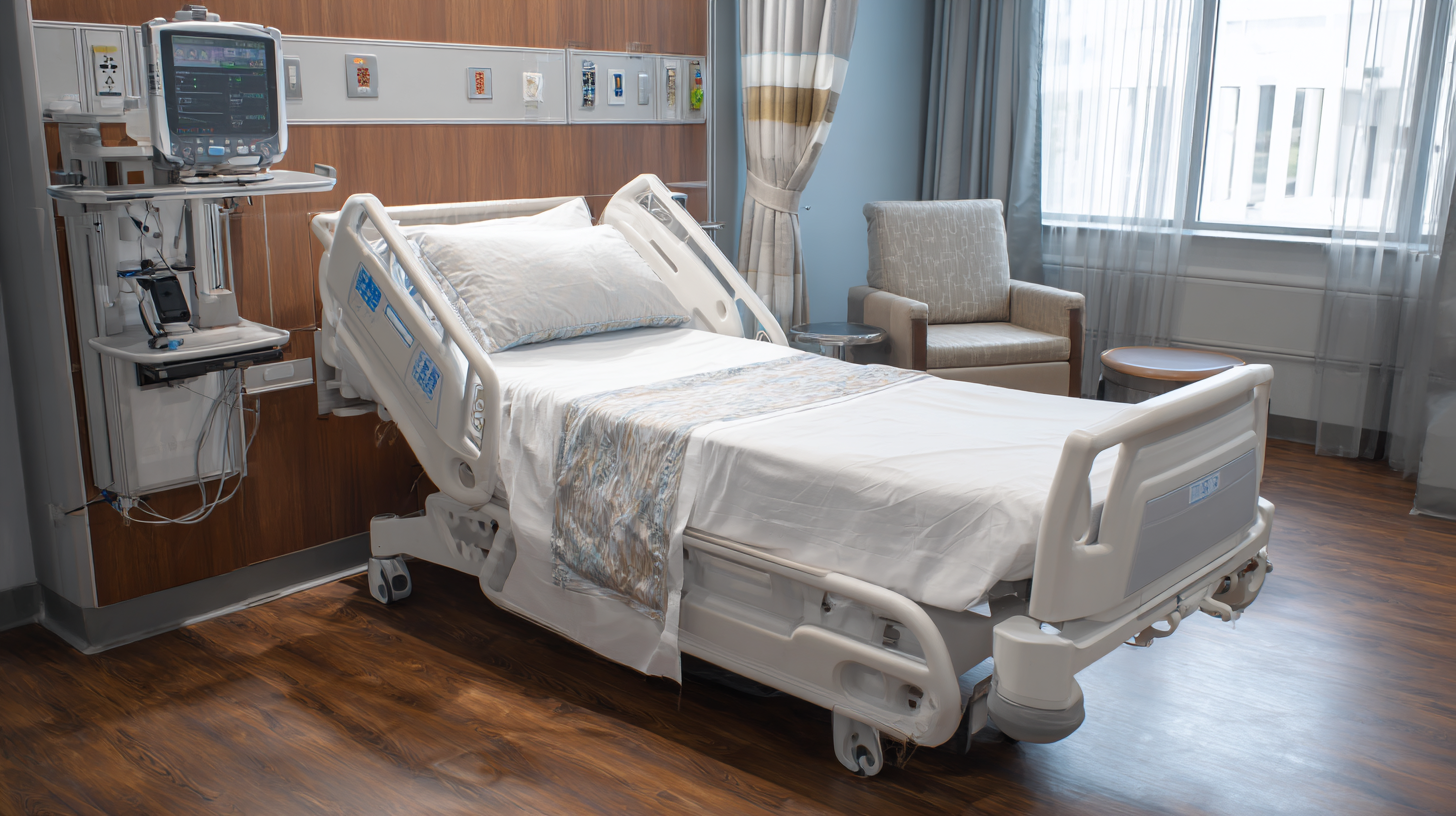
Balancing cost with comfort and functionality involves understanding the features that enhance both patient experience and recovery outcomes. The American Hospital Association (AHA) indicates that beds with adjustable positions and built-in mobility aids can positively impact patient satisfaction scores by up to 25%. This heightened comfort not only supports faster recovery but also encourages patients to engage actively in their care process, which can lead to better overall health outcomes. It's vital for healthcare providers to weigh both the upfront costs and the potential savings derived from enhanced patient recovery and satisfaction when selecting patient beds.
Related Posts
-
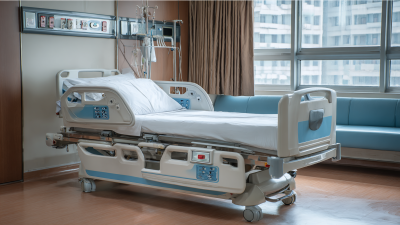
How to Choose the Right Patient Bed: Essential Features to Consider for Optimal Care
-

Mastering the Essentials of Weighing Scale Usage for Accurate Measurements
-

5 Best Health Equipment Solutions for Global Importers
-

How to Choose the Right External Catheter for Your Needs and Comfort
-
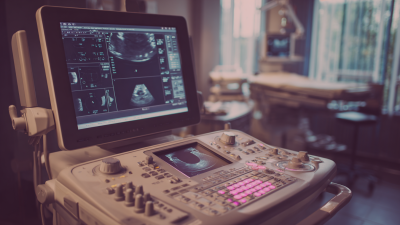
5 Compelling Reasons to Choose Ultrasound Gel for Your Medical Imaging Needs
-

What is the Role of Medical Accessories in Modern Healthcare?
HEMC (Hospital Equipment Manufacturing Company) was established in the year 1981 and has since been engaged in the export of Medical equipments, Hospital equipments, Orthopaedic Implants & instruments, Laboratory equipments, Scientific & Educational products worldwide. Your support has made us a "Government of India" recognised export house. Our goods have reached all continents from "The Americas" to "Europe" and beyond…